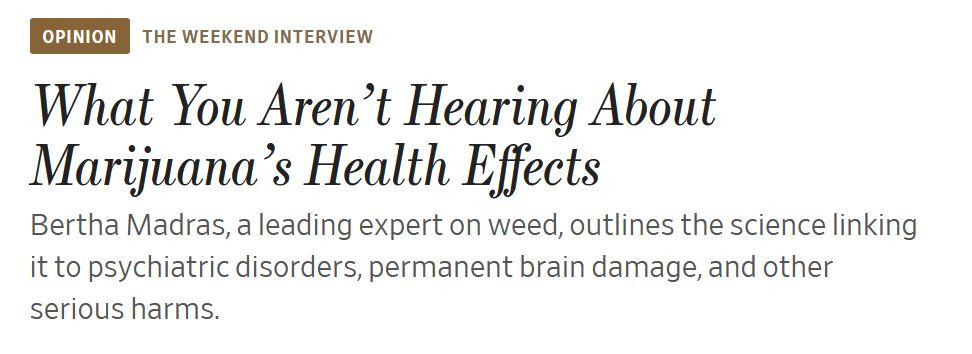

Dogs understand what certain words stand for, according to researchers who monitored the brain activity of willing pooches while they were shown balls, slippers, leashes and other highlights of the domestic canine world.
The finding suggests that the dog brain can reach beyond commands such as “sit” and “fetch”, and the frenzy-inducing “walkies”, to grasp the essence of nouns, or at least those that refer to items the animals care about.
It’s good to see that researchers have finally caught up with what I figured out after a year with Sparky. After a year of practice, Sparky does not differentiate between Bunny and Mr. Moose. To him, “Moose” means a stuffed animal. “Crate” means run to his crate. “Bed” means run somewhere, but not necessarily to his cushion in my bedroom. We’ve practiced this almost every day, and that’s as far as he will ever get because it seems good enough to him.
One time, I said, “car ride”, and Sparky knew to run down to the garage and rush to the passenger side of my truck. He might have learned “car ride” prior to coming to me, but to know exactly where to go was impressive. Sparky really likes car rides.
During the tests, researchers monitored the dogs’ brain activity through non-invasive electroencephalography, or EEG. The traces revealed different patterns of activity when the objects matched or clashed with the words their owner said. The difference in the traces was more pronounced for words that owners believed their dogs knew best.
I can’t help thinking that dog researchers finally got time on an EEG machine.
While playing with Sparky, I found a related research topic.
When I tease Sparky with Mr. Moose, his eyes are locked on it. If I hold Mr. Moose behind my back, his eyes remain locked on where Mr. Moose should be based on the position of my arm. If I pull my arm out without Mr. Moose, Sparky is completely baffled and starts to look for Mr. Moose.
I don’t know what that means, but it seems like if he saw my arm holding Mr. Moose, my arm is an extension of Mr. Moose. When my arm comes out without Moose, then that connection is broken.












